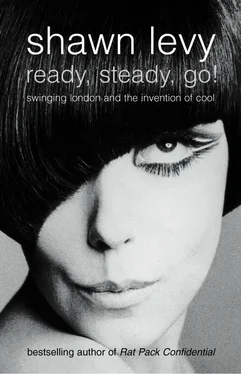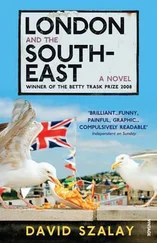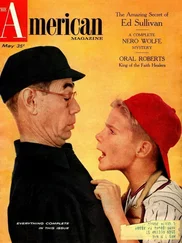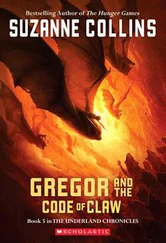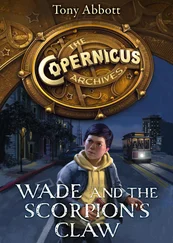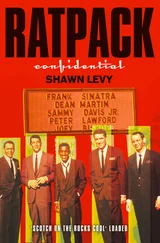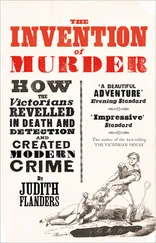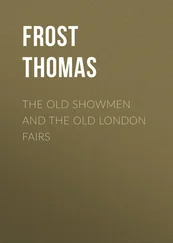At 15, he dropped out of school altogether and started a series of unpromising jobs: copy boy at the Fleet Street offices of the Yorkshire Post, carpet salesman, shoe salesman, window dresser, time-and-motion man at the tailoring firm where his father worked, and debt collector. He developed a taste for jazz and spent nights checking out the music and women at the handful of venues the East End offered someone his age. His musical interests were underscored in his oft-quoted quip about his roots: ‘You had two ways of getting out in the ‘50s – you were either a boxer or a jazz musician.’ So perhaps it was inevitable that he followed an artistic muse, especially as he quickly learned how ill-suited he was to make a living with his fists: ‘The Krays, the Barking Boys and the Canning Town Boys were the three gangs at the time,’ Bailey remembered. ‘They weren’t gangsters, they were just hooligans. They just went around beating people up if you looked at them wrong in a dance hall. I got beat up by the Barking Boys because I danced with one of their girlfriends. They left me in the doorway of Times Furnishing.’
Bailey’s aimlessness was finally punctured by the call-up: in the spring of 1956, he was ordered to report for a physical for the National Service. He tried to duck it – he stayed up two nights straight and consumed a huge quantity of nutmeg (‘Someone said it made your heart go faster’), but it didn’t work. He might have requested assignment to a photographic unit, but that meant a longer hitch than he was ready to sign for. In August, he reported for basic training in the Royal Air Force, and by December he was stationed in Singapore as a first-level aircraftman with duties such as helping to keep planes flight-ready and standing guard on funeral drill.
On the whole, Private Bailey found the situation pleasant enough. ‘I had a good time in the National Service,’ he confessed years later. ‘I hate to sound like a right-wing middle-aged man, but I think it was very good for me.’ There were, he admitted, drawbacks: 'The snobbery! They had a toilet for privates, a toilet for sergeants and a toilet for commissioned officers, as if all our arses were different. It made me angry, the way we were treated, almost like a slave. You were dirt compared with an officer.’
Indeed, it was a run-in with an officer that would prove pivotal in shaping Bailey’s future. He was still on his jazz kick – his ‘Chet Baker phase’, as he later deemed it – and trying to teach himself to play the trumpet. But when an officer borrowed his horn and failed to return it, he was forced to seek another creative outlet. Cameras could be gotten cheap in Singapore, so Bailey – who’d been as enamoured of the photos of Baker on the trumpeter’s album jackets as of the playing inside – bought a knock-off Rolleiflex. He was sufficiently hard up for money that he had to pawn the camera every time he wanted to pay for developing his film, but he had caught the bug.
The camera suited Bailey’s growing bohemianism. He had begun to read, and where his barracks mates had pin-up girls hung over their beds, he had a reproduction of a Picasso portrait of Dora Maar. His pretensions didn’t go unnoticed. ‘I did used to get into fights,’ he said. ‘But because I was from the East End I could look after myself. I also had the best-looking WAAF as my girlfriend, so they knew I wasn’t gay.’
When he was demobbed in August 1958, Bailey acquired a Canon rangefinger camera and the ambition to make a living with it. He applied to the London College of Printing but was rejected because he’d dropped out of school. Instead, he wound up working as a second assistant to photographer David Olins at his studio in Charlotte Mews in the West End. He became a glorified gofer (not even glorified, actually, at £ 3 10s a week) and was therefore delighted a few months later to be called to an interview at the studio of John French, a somewhat better-known name and a man who had a reputation for nurturing his assistants’ careers.
French, then in his early 50s, was the epitome of the fashion photographer and portraitist of the era: exquisitely attired, fastidious, posh, and gay (although, as it happened, married). ‘John French looked,’ Bailey remembered, ‘like Fred Astaire. “David,” he said, “do you know about incandescent light and strobe? Do you know how to load a 10×8 film pack?” I said yes to everything he asked and he gave me the job, but, at that time, I didn’t even known what a strobe was. We became friends and after six o’clock Mr French became John. One night I asked him why he gave me the job. “Well, you know, David,” he said, “I liked the way you dressed.” Six months later everyone thought we were having an affair, but in fact, although we were fond of each other, we never got it on.’
In fact, French – ‘a screaming queen who fancied East End boys’, according to documentarian Dick Fontaine – was the first person to really recognise something special in Bailey. Partly it was his bohemian style – Cuban-heeled boots, jeans, leather jacket and hair over the ears – all before the Beatles had been heard of; partly it was his aptitude for the craft. French liked to compare his young protégé to the unnamed hero of Colin Maclnnes’s cult novel about bohemian London, Absolute Beginners (a savvy insight) and he was perfectly willing, as he had with many previous disciples, to see Bailey get ahead in his own work.
‘He was an incredibly decent type of man,’ Bailey would say of his mentor after French died in 1966. ‘I don’t think he was very good as a photographer, but he had a good attitude. His photography sort of slowed me down a bit, because I had to break away from his way of doing things, but I benefited from his attitude.’
Years later, he would say ‘I owe my success to two gay men, really, who told me I was wonderful and pushed me. Being a Cockney and working class, I was an outsider, and in those days gays were outcasts, too. So we felt an affinity. Anyway, John French introduced me to the picture editor of the Daily Express, and John Parsons, the art director of British Vogue – the second gay man – saw my pictures in the newspaper and offered me a job at the magazine.’
It was in the Daily Express, in fact, that Bailey published his first really important photo: an image of the model Paulene Stone wearing a dark knee-length skirt and a bright turtleneck mohair sweater and crouching on the leaf-strewn ground to commune with a squirrel who was nibbling on an ort. Terence Donovan, who didn’t yet know Bailey, was among the people who reacted strongly to the image, pronouncing himself ‘disturbed by its freshness and its oblique quality’. On the strength of that shot and a few other striking pictures, Bailey found himself hired in May 1960 as a full-fledged photographer at John Cole’s Studio Five, earning £30-40 a week.
The money came in handy, as Bailey had in February of that year married Rosemary Bramble, a typist he’d met at Soho’s Flamingo Club a few months previously. The couple lived in a small apartment near the Oval cricket ground in South London. Bailey’s salary wasn’t grand, but it was good, and when John Parsons of Vogue called on Bailey later that year to ask him about joining the staff of the magazine, Bailey refused because he was doing so well with Cole. ‘They were offering me less per week than Woman’s Own was paying me per picture,’ Bailey remembered. ‘I didn’t realise that Vogue was different from any other fashion magazine … I thought it was just another magazine that used pictures. I wasn’t that interested in fashion and preferred reportage and portraits, but fashion gradually took over because of Vogue .’
Читать дальше
